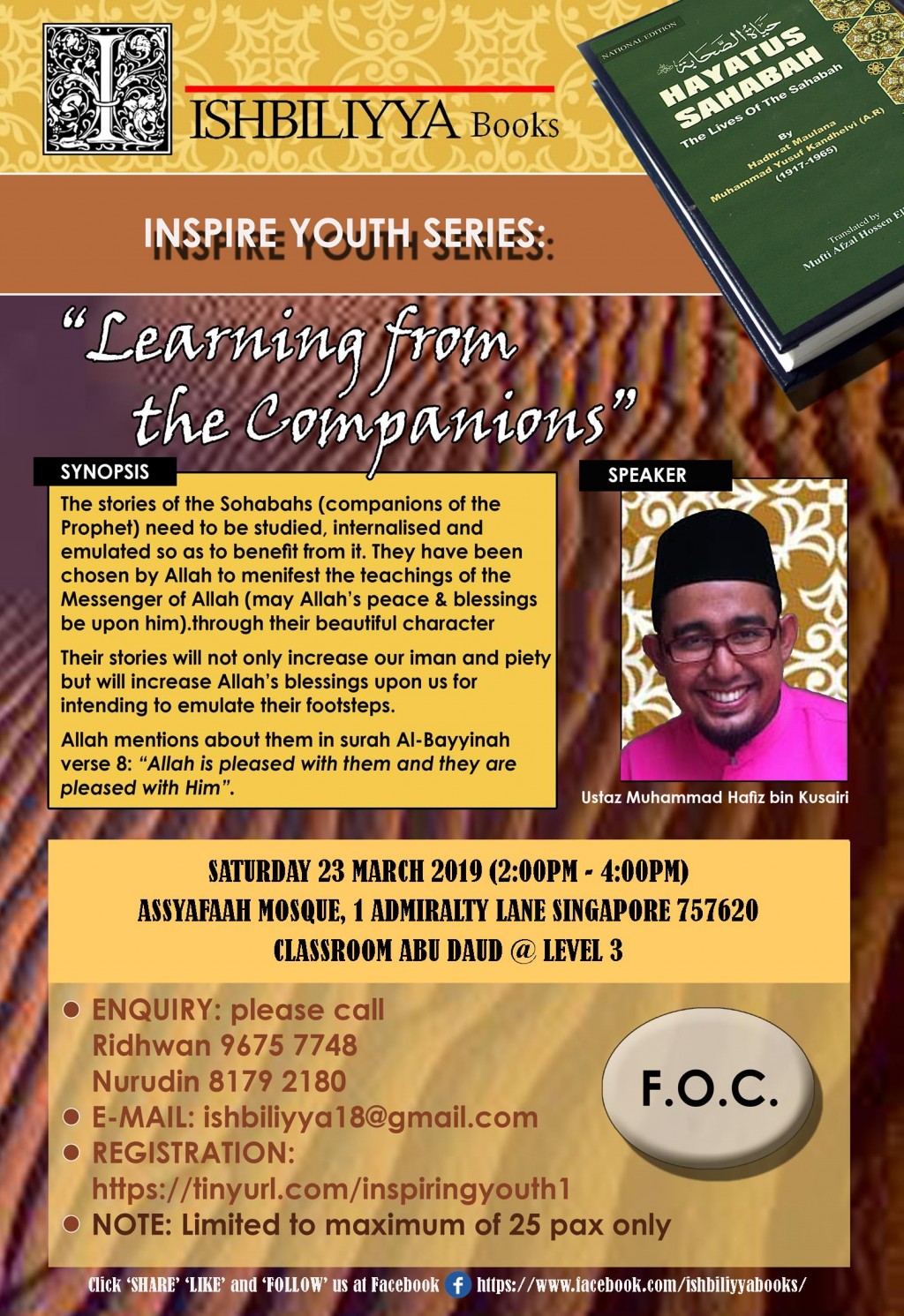Article of empowerment LGBTQ
Answer:
1. Educate yourself. Make an effort to learn more about the rich history and diversity of the LGBTQ community. Organizations like GLSEN, Human Rights Campaign and The Safe Zone have resources available that cover a range of topics, from current issues facing the community to the best way to respond when someone comes out to you.
2. Ask questions. Don’t let fear of saying the wrong thing keep you from doing the right thing. Many people regret their initial response to their child, student or friend when they identified as LGBTQ. Take the first step by apologizing. Ask how you can change your actions or language to create a more welcoming space and follow-through on what they’ve requested.
3. Listen. “Give kids the space to develop and use their voice,” advises Patrick Mahoney, Director, Organizational Development, Major Metro for Boys & Girls Clubs of America and former member of the development committee for The Trevor Project. “If you’re authentic and lead with your heart, it will help kids feel that they belong and they will open up. Be on standby ready to listen.”
4. Affirm. It costs nothing to simply tell a young person, “You are perfect just the way you are.” It’s probably the thing that kids most need to hear from the adults in their lives.
5. Promote representation. “Support and encourage conversation around books, movies, music and other forms of media and activities that feature LGBTQ themes and intersectional voices within the community from different racial, ethnic and socio-economic backgrounds,” Patrick shares. “Young people will be inspired by seeing positive LGBTQ role models, and that will promote inclusivity among their peer groups and later in life.”
6. Shutdown anti-LGBTQ behavior. Speak out against anti-LGBTQ remarks and behaviors. When you see young people engage in any bullying behavior, intervene every time. When you hear friends or co-workers telling non-inclusive jokes, ask them to stop using hurtful language.
Explanation:
Hope It’s help!


